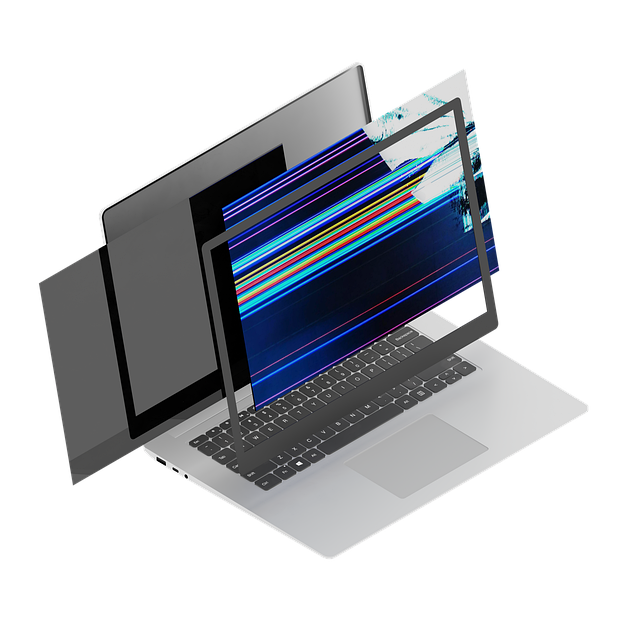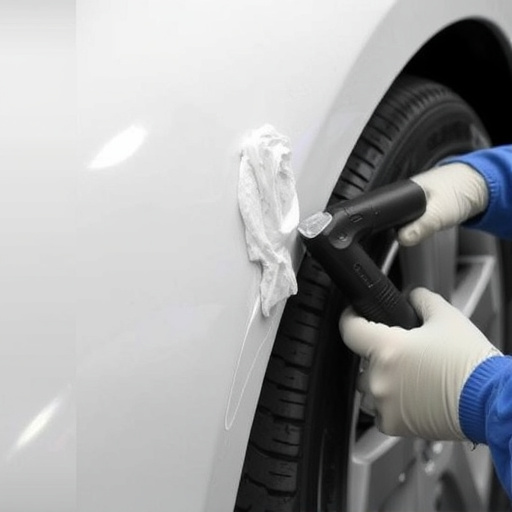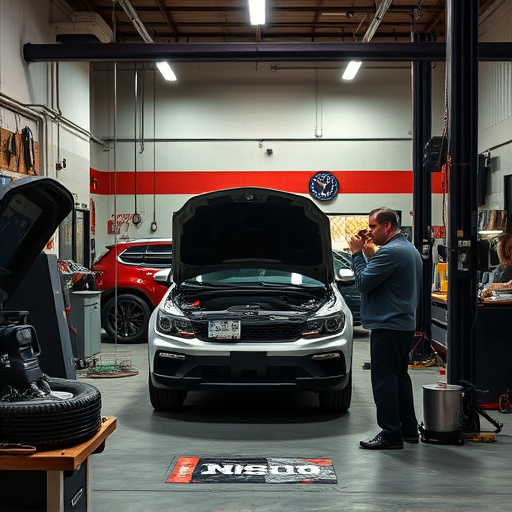Tesla's Over-the-Air Diagnostic Support System remotely monitors vehicle health, providing real-time data and notifications via a mobile app. This feature streamlines maintenance, letting owners avoid frequent service center visits. However, connectivity issues in remote areas or internet outages can hinder updates and support. A structured troubleshooting process, including network checks and error code analysis, helps resolve these challenges, ensuring optimal Tesla vehicle performance and safety.
Tesla’s innovative over-the-air (OTA) diagnostic support system offers remote vehicle management, enhancing connectivity and convenience. However, like any cutting-edge technology, it’s not without challenges. This article delves into the intricacies of Tesla’s OTA diagnostic support, exploring common connectivity issues affecting vehicles and providing troubleshooting steps for effective resolution. Understanding these problems and their solutions is crucial for both owners and service centers to maintain optimal vehicle performance.
- Understanding Tesla's Over-the-Air Diagnostic Support System
- Common Connectivity Issues and Their Impact on Tesla Vehicles
- Troubleshooting Steps and Best Practices for Effective Support
Understanding Tesla's Over-the-Air Diagnostic Support System

Tesla’s Over-the-Air Diagnostic Support System is a groundbreaking feature that allows owners to access remote diagnostics and software updates for their vehicles. This innovative approach streamlines vehicle maintenance by enabling Tesla to push software improvements directly to the car over wireless networks, eliminating the need for frequent visits to service centers or collision repair centers. With this system, drivers can receive real-time data on their car’s performance, detect potential issues before they become major problems, and even have some basic repairs executed remotely, all from the convenience of their homes.
The process involves advanced communication protocols that ensure secure and reliable data transfer between the vehicle and Tesla’s servers. When an update or diagnostic check is required, the system notifies the owner via a mobile app, allowing them to approve and initiate the process. This technology not only enhances the overall ownership experience but also contributes to faster, more efficient automotive repair by reducing the time typically spent on routine maintenance and minor bodywork checks.
Common Connectivity Issues and Their Impact on Tesla Vehicles

Tesla vehicles, renowned for their cutting-edge technology, can encounter connectivity hiccups that impact various functions, from navigation to over-the-air updates and diagnostic support. Common issues include delayed or lost internet connections, particularly in remote areas or when network congestion is high. This disconnection can hinder the delivery of critical software updates and access to Tesla’s cloud-based services, including real-time traffic data and remote vehicle management features.
When connectivity problems arise, it may lead to delays in receiving over-the-air diagnostic support, which is usually a quick and efficient way to identify and resolve issues like a faulty sensor or a minor software glitch. Moreover, it can affect the vehicle’s ability to perform essential tasks, such as remote lock/unlock or climate control adjustments, impacting the overall convenience and safety features that Tesla owners have come to expect. Efficient troubleshooting becomes crucial, and having access to reliable over-the-air diagnostic support is paramount for maintaining the performance and longevity of these advanced electric vehicles, ensuring they remain in top working order, even when unexpected connectivity challenges arise.
Troubleshooting Steps and Best Practices for Effective Support

When troubleshooting Tesla over-the-air diagnostic support issues, it’s essential to follow a structured approach. Begin by verifying your vehicle’s connection to Wi-Fi and ensuring both your car and smartphone have the latest software updates installed. Check for any error codes or warning lights on your dashboard, as these can provide valuable clues about the problem.
For persistent connectivity issues, try restarting both your Tesla and your smartphone. Verify network settings and ensure you’re within range of a stable signal. If problems continue to arise, consider potential interference from other devices or nearby networks. In severe cases where basic troubleshooting doesn’t help, it might be necessary to engage professional vehicle repair services, especially if the issue involves car paint repair or bodywork. Always keep detailed records of your attempts and any error messages encountered for effective communication with support teams.
Tesla’s over-the-air (OTA) diagnostic support system offers a convenient way to maintain and troubleshoot connectivity issues in their vehicles. While common problems like network connectivity and software glitches can impact performance, effective troubleshooting steps and best practices ensure minimal disruption. By staying informed about these challenges and implementing proactive measures, Tesla owners can leverage OTA support for efficient problem-solving, enhancing their overall driving experience.













